
The past few months have seen a sizeable shift in the retail world. We’re now en route to carving out a grocery shopping experience that is faster and more convenient than ever before.
This week, Amazon announced it was continuing to develop its partnership with Morrisons, running a trial in Leeds for Prime members that allows groceries to be ordered and delivered same-day. Although the companies have been working together since 2016 – when Morrisons started selling chilled, frozen and fresh groceries on Amazon – the partnership has now been extended to a same-day delivery service for subscribers, representing a potentially game-changing strategy in the minds of other retailers.
Similarly, Deliveroo has been expanding rapidly into grocery delivery services, enabling shoppers to order essential groceries from retailers including the Co-op, BP, Morrisons and M&S to their doorsteps in under 30 minutes.
It’s a far cry from the grocery scene a mere 15 years ago, when the speed and urgency that we now deem mandatory was too far-fetched to even imagine. Traditionally, the grocery shop was a well-organised affair: lists were to be made, children were to be looked after, meals were to be planned. Trolleys were piled high and if something was forgotten, it was too bad. Put it on next week’s list.
But slowly we became less tolerant of the mammoth weekly shop, and thus the convenience market was born. As the desire for convenience grew, grocers expanded into e-commerce and we welcomed their online delivery services with open arms.
Yet something still wasn’t quite right. Customers often had to order for the following week, which seemed too far in the future to know whether we would be home or not, let alone willing to patiently wait during the lengthy delivery window. It was only a matter of time before our needs were met in the form of Deliveroo, Amazon and others.
Perhaps the increasing availability of on-demand grocery is indicative of a wider cultural shift. Despite what the older generations may say, millennials aren’t the only ones who demand instant gratification – it has become a national phenomenon.
We lapped up convenience, but it wasn’t enough, so they gave us ultra-convenience. This shift was already happening, but has been accelerated exponentially by the challenging circumstances in which we now find ourselves. When the supermarkets struggled to provide for customers in the early stages of the pandemic, the convenience sector quickly stepped in.
This is now a land of opportunity for brands as the retail landscape continues to diversify routes to market and routes to shoppers. With on-demand grocery delivery, any occasion of impulse – whether that be a craving, an exciting recipe or an image of a friend’s banana bread during the pandemic – enables a shopper to exercise this need for instant gratification.
Brands can maximise sales opportunities because they can deliver on desire and need. When it’s hot at home, have ice cream delivered. If it’s winter, you’re unwell and can’t leave the house, get your medicine delivered quickly without leaving your bed. If a global pandemic hits and you aren’t able to get to the shops, get necessities delivered quickly and safely.
As new routes to market continue being developed, there are a wealth of opportunities for brands and retailers who can help customers with specific missions and need states.







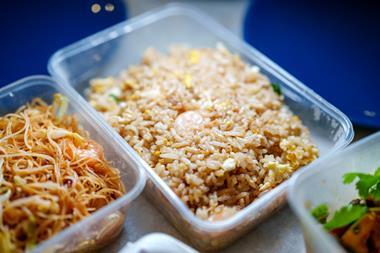



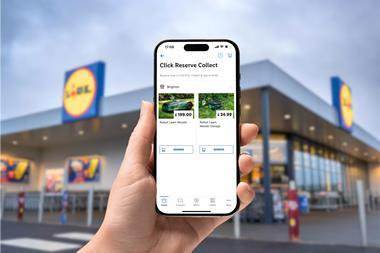


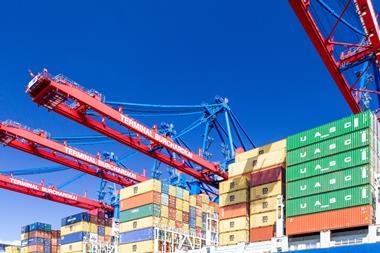

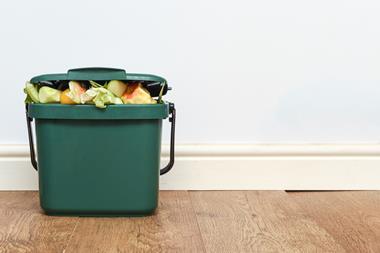

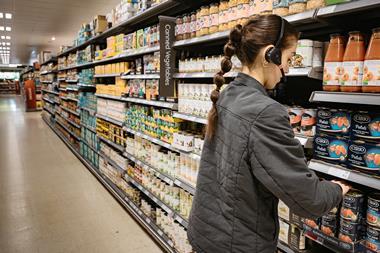
1 Readers' comment